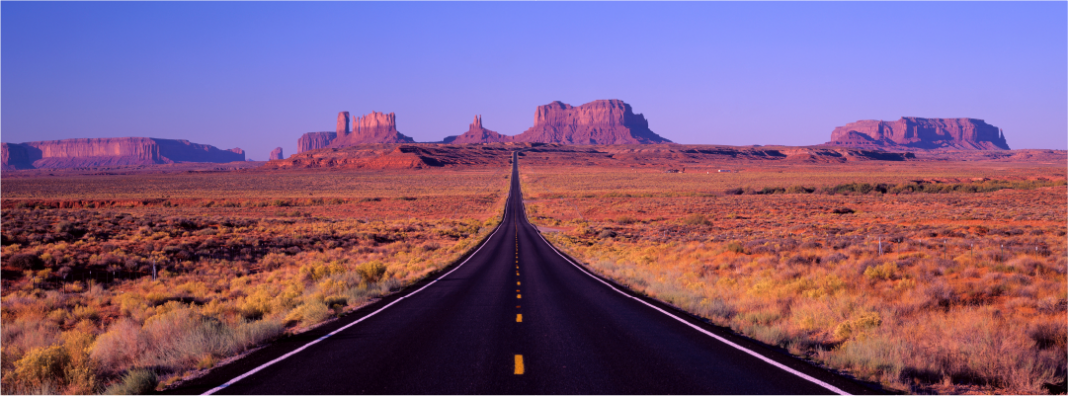
Over the last decade, a group in Logan has been building something special.
It started small. Just one person taking an opportunity. But this year, the Cache Refugee Immigrant Connection (CRIC) became the third official refugee resettlement agency in Utah.
CRIC’s success is just one part of what Utah is doing to make new Americans. Here at the end of the year, we should celebrate Utah’s work and start preparations to do more in the next. We have much to gain from welcoming immigrants to our state.
The entry rules for immigrants may come from Washington, D.C., but immigrants live and work beside us. That’s why groups like CRIC and Gov. Spencer Cox’s newly created New Americans Initiative are vital. These groups provide everything from job coaching and English lessons to helping people find housing and getting their children into school.
As a whole, about one in 12 Utahns is foreign-born. That’s 258,800 new Utahns as of 2019.
We’re certainly better for having them here. If you’ve had a favorite restaurant close because of staffing problems, felt like your wallet is lighter because of inflation, or otherwise been frustrated by the labor shortage, these new Americans have softened the blows at every turn.
In October, Utah had 125,000 job openings but only about 45,000 unemployed people. That gives us about a3-to-1 ratio of job openings to jobseekers. Immigrants and refugees are already part of the solution here, making sure you can get your cookies and dirty sodas or see a doctor.
Of course, celebrating refugee resettlement only for its economic advantages misses the humanitarian angle. Utah opened its arms to about 900 Afghan allies as the U.S. military withdrew from Afghanistan. These are the people CRIC and other agencies have welcomed in.
Helping Afghans is one of many pressing challenges for Utah and the world today. The best estimate of the global refugee population is about 27 million. That’s why the U.S. is expanding resettlement within Utah and across the country with a goal of resettling 125,000 people next year.
There’s still much to do to make Utah a more welcoming place for immigrants and refugees. Our thriving economy makes assimilation and integration easier since there are many jobs to fill, but it is only one component of making new Americans.
A common problem for immigrants is that their foreign training often doesn’t help them become licensed to work in their field. Our research at the Center for Growth and Opportunity at Utah State University shows that immigrants are 34% less likely to hold an occupational license. But this isn’t because they lack education or training. Instead, it’s that we don’t have a way to test their competency or recognize foreign training.
That’s why there’s some unfortunate truth to the stereotype of a foreign taxi driver who was a doctor before coming to the U.S. And it’s a particularly acute problem for refugees.
Another problem is housing affordability. Utah’s housing market has skyrocketed since the COVID-19 pandemic. Much of this is driven by red tape that prevents supply from keeping up with demand.
The good news is that these problems are far from insurmountable. Utah has been a national leader in reforming occupational licensing to allow more people opportunities to work. On housing, there will be a double dividend in streamlining building practices and rules because both new and old Utahns will benefit from affordable housing.
The new year will bring more success to Utah and more new Americans making their home here. Thanks to private groups like CRIC and public efforts like the New American Initiative, we can celebrate the end of the year as the beginning of something new and better.


 The Salt Lake Tribune
The Salt Lake Tribune